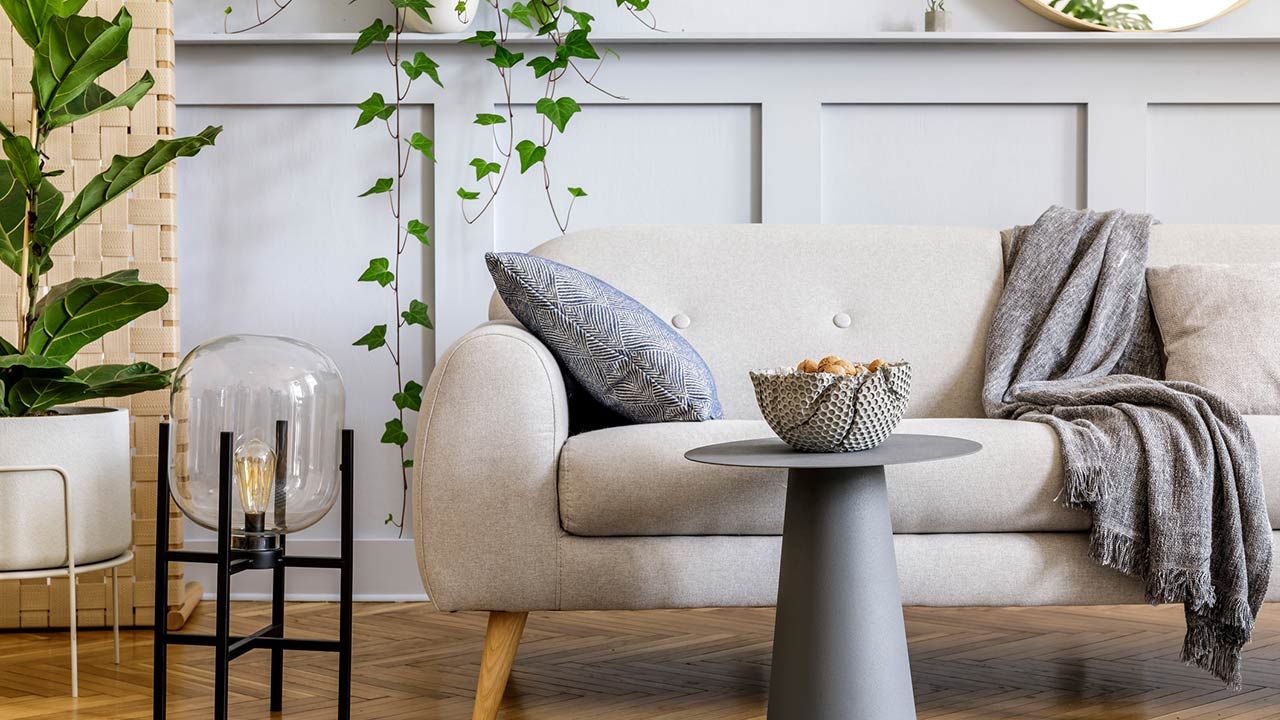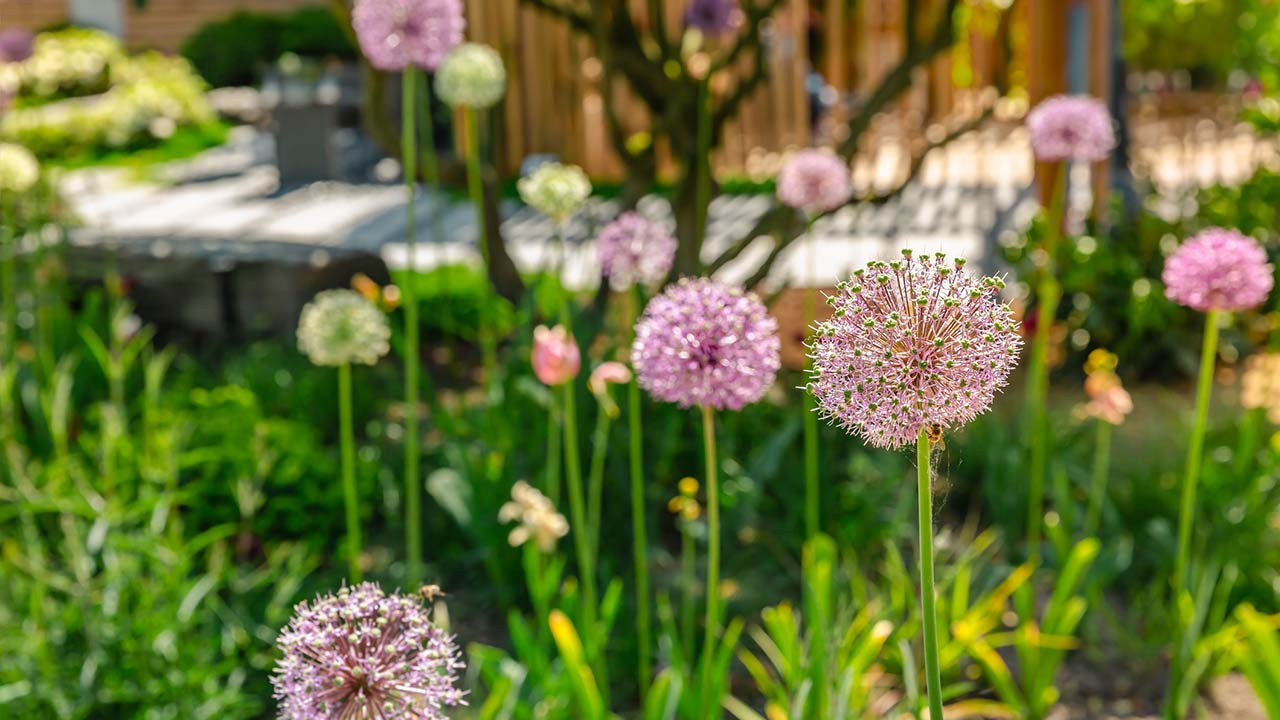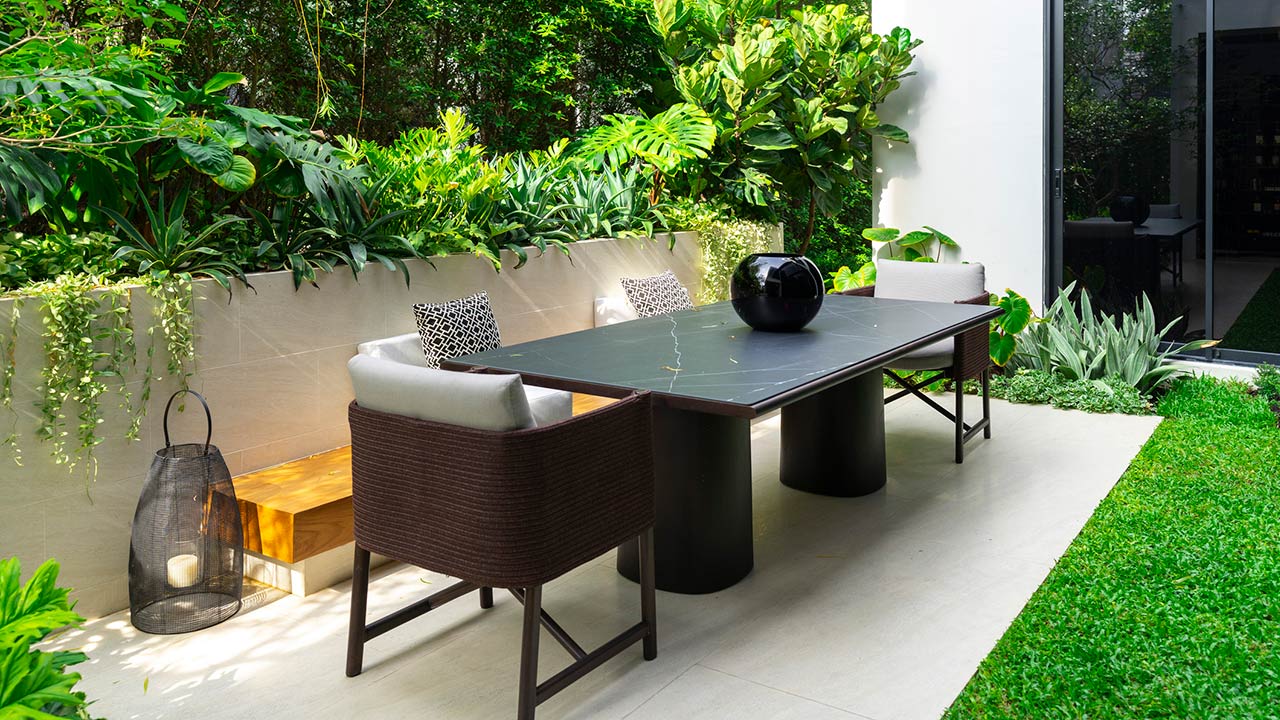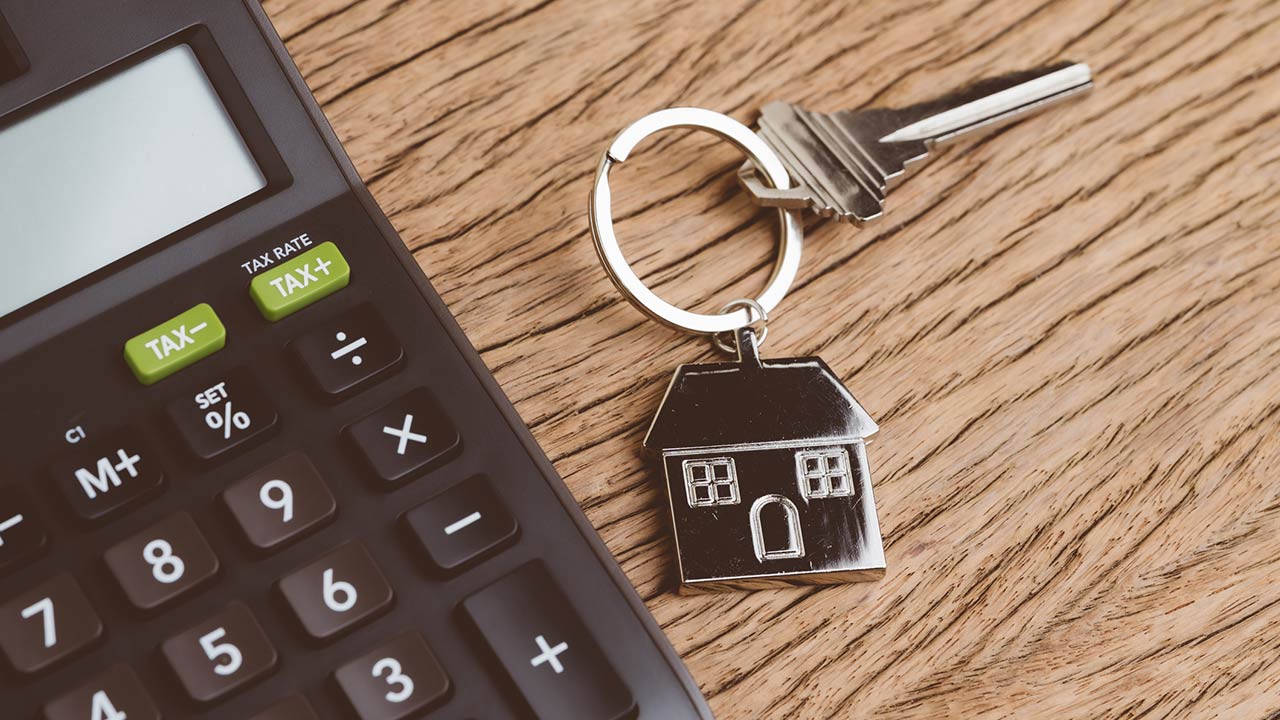Building Your Home From Scratch Doesn’t Have to Cost a Fortune
Many people quash their dreams of building their own homes simply because they believe they can’t afford to do so. While it’s true that building a custom home can be pricey and generally more expensive than just buying from a builder in a subdivision, there are a bunch of ways that you can shave off a few bucks here and there to make the entire process a lot more affordable.
With some careful planning and considerations, you can get the house you want and still have some cash left over.
A Simple Box Style is Still Attractive
Back in the day, developers built homes that were shaped like simple square boxes. The homes in the early suburbs in the US may have been simple, but they were still sophisticated and visually appealing. They were in proper proportion, and featured detailing that you rarely see today.
These days, developers and designers seem to try too hard in overloading homes with over-the-top exteriors, which cost a lot more money in the design process. Arched windows, complex gables, and extravagant details that cost a lot of money don’t necessarily add to the appeal of the home.
If you keep your home’s form as simple as possible, you can save a lot of money for the architectural work involved. Fancy homes aren’t necessarily better looking; but they’re certainly more expensive to design. Keep it simple, and you can have a great looking house without the crazy price tag.
Make Good Use of Your Building Materials
If you’ve ever been on a construction job site, you’ll probably notice how much wasted material is laying around. Unfortunately, many developers fail to accurately plan exactly how much material is needed for the job, or design a home with a size and shape that isn’t in line with the common sizes of materials.
For example, sheets of drywall tend to be 8 x 4 feet, which works quite well with an 8 x 20 foot wall, but not as good on a wall that’s 9 x 13 feet. In much the same way, lumber for flooring tends to come in 2’ increments, which means there would be a lot of wasted material to accommodate for a 13-foot wide room. To save on wasted material – and money – consider designing your new home according to common modules of building materials.
Go Smaller Scale
Obviously, the cost to build a smaller home will be less than a larger one (unless you equip it with larger-than life technology and finishes). But a smaller home needs to be carefully planned out before you start hammering away.
With smaller space comes the need to create smarter spaces. For example, skip the dining room and just include a slightly larger kitchen, or forego the idea of having both a family room AND living room and just stick with one space. Many uses can be combined to create one area, rather than multiple rooms that usually end up only collecting dust. Carefully pare down on wasted space and put your money towards the rooms you really use and love.
Use Quality Materials
When your budget plays a huge role in how you design your home, you might be automatically inclined to opt for cheaper materials in order to save some cash. But the truth is, cheap roofing, siding, windows, and doors will only cost you more money over the long haul.
While it might seem to be going against the grain when you’re trying to save a buck, spending a bit more money up front for better quality materials will actually save you money in maintenance costs. Do it right the first time and you won’t have to spend money to repair and replace prematurely.
Consider the Resale Value
While you might not have any intentions of selling your home soon after it’s ready to move into, you should still keep its sale-ability in mind. Homes that are well-built, functional, energy efficient, low maintenance, and attractive will sell faster and for more money than their competition. Your real estate agent can give you some pointers about what to include in your new home that buyers look favorably upon.
You could get a handsome ROI by keeping these things in mind while building. You just never know what the future holds, and if you ever find yourself in a position where you’re ready to sell and move on. Making a hefty profit is certainly welcome!
The Bottom Line
A custom built home doesn’t have to be a money pit. If you’re willing to spend a little time during the planning and design process, and sacrifice a little on space, you can build a new house well within your budget.













